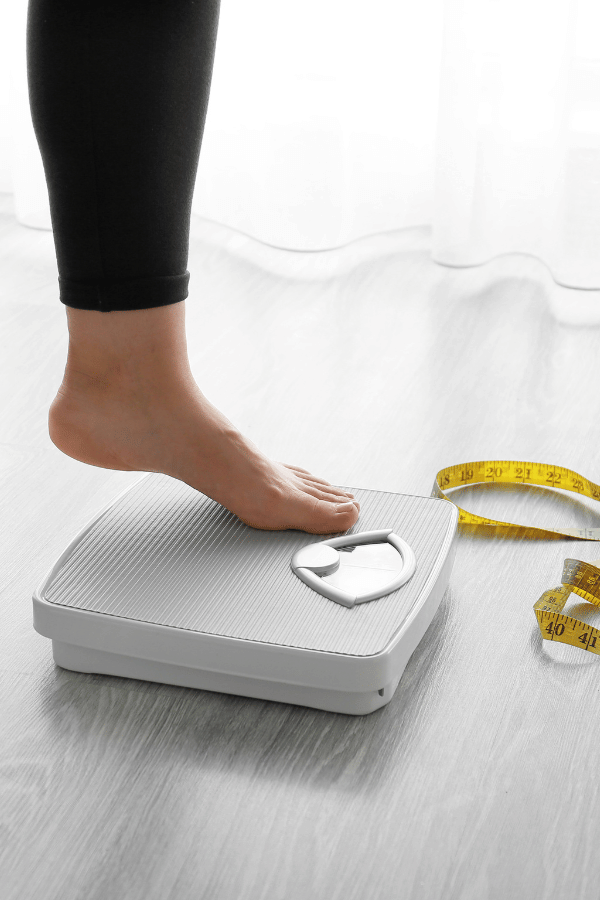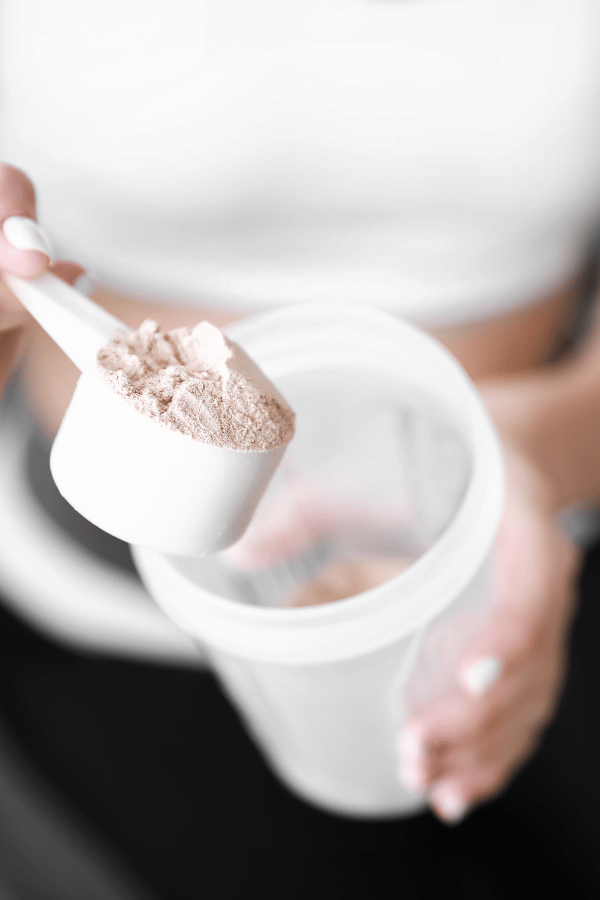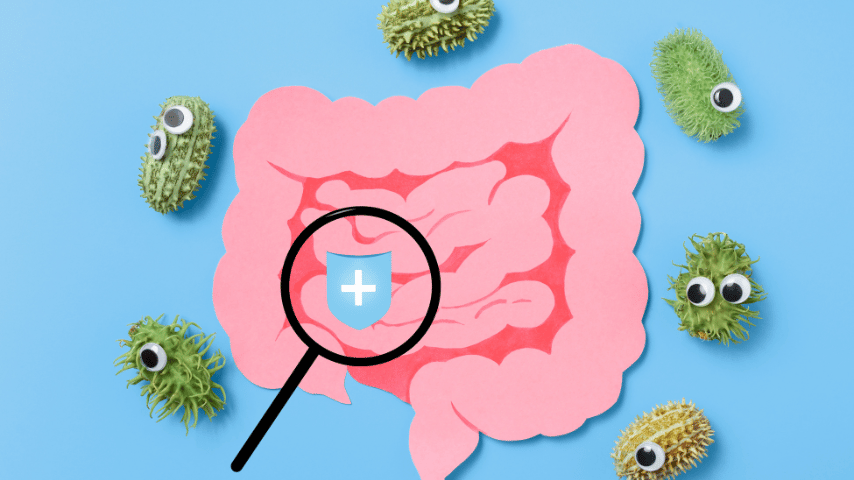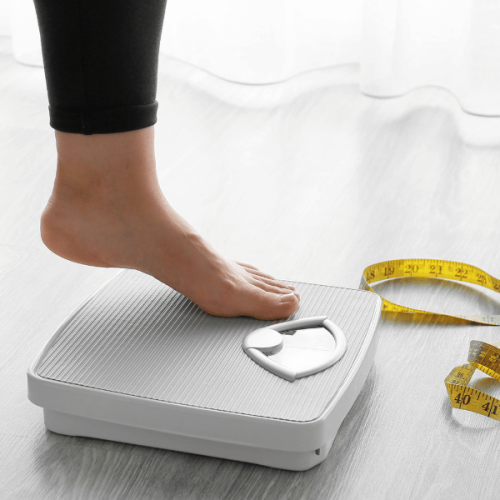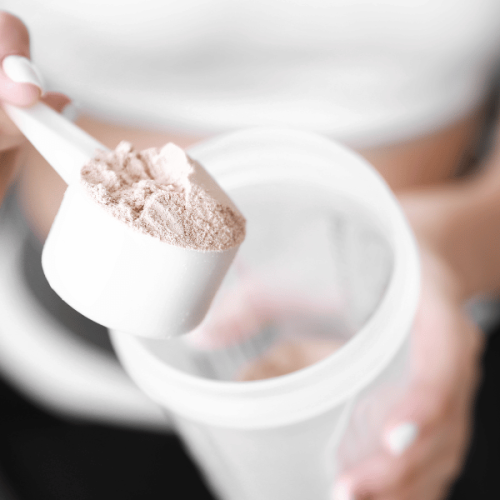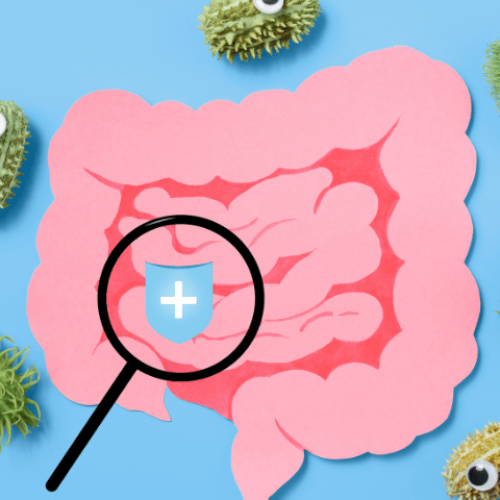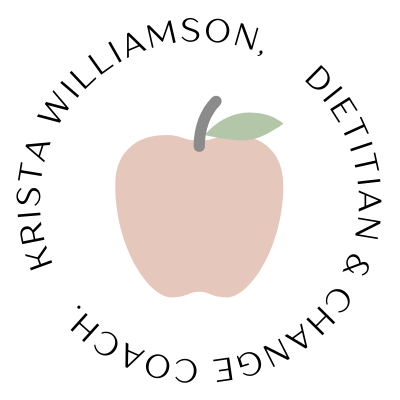Cycle syncing has become increasingly popular across social media. There are cycle-syncing “coaches” and “experts” popping up left and right whose social media accounts are dedicated to sharing cycle-syncing tips and tricks. But is cycle syncing evidence-based or is it another diet culture trend?
In this post we’ll cover:
- What is cycle syncing?
- The phases of the menstrual cycle
- How to cycle sync
- The claimed benefits of cycle syncing
- My opinion
What is cycle syncing?
Cycle syncing refers to the practice of adjusting one’s diet and exercise routine according to their menstrual cycle phase. This practice is based on the idea that people with uteruses experience hormonal fluctuations throughout their menstrual cycle. Many people have found cycle syncing to be transformative, allowing them to work with their body’s natural rhythms. They also found that understanding the phases of their menstrual cycle, (which they may not have learned before), has helped them comprehend their physiological processes and why they experience certain symptoms during different parts of the month.
Although the fundamental concept of cycle syncing has been around for a while, the term itself is relatively new and has gained popularity. As an evidence-based practitioner myself, I have to start by noting that evidence-based information regarding your menstrual cycle is best obtained from a medical professional such as an OBGYN or gynecologist – not an online cycle-syncing “coach” or “guru” who may have little to no post-graduate education or certifications. Unfortunately, many cycle-syncing coaches I’ve seen lack medical experience and rely solely on their personal experience, which may not be suitable for everyone. While cycle syncing might be beneficial for some, many of these online coaches lack the credentials to offer medical advice. (Just like some nutritionists – as discussed in this post!).

The menstrual cycle
Menstruating people’s hormones fluctuate in a monthly cycle, whereas non-menstruating people’s hormones fluctuate in a 24-hour cycle.
The monthly cycle averages about 28 days in length, however, it can range anywhere from 21-35 days. Many variables can affect a menstrual cycle, such as birth control, PCOS, increased stress, endometriosis, and of course pregnancy. Each person’s cycle is unique and can vary from month to month.
The four phases of the menstrual cycle are:
- menstruation
- follicular phase
- ovulatory phase
- luteal phase
Let’s dive in!
According to the coaches, here is how to cycle-sync:

"WINTER"
What is happening: your endometrium (the lining of your uterus) sheds, causing you to bleed. Your estrogen and progesterone are at their lowest levels and iron levels drop. As a result, it is normal to feel a low mood and low energy.
Nutrition:
- Prioritize iron-rich foods like red meat, chicken, fish, seafood, legumes, dark green vegetables and pumpkin seeds and pair them with sources of vitamin C such as bell peppers, tomatoes, kiwi, and oranges.
- Choose warm, cozy meals such as soups, stews, and slow-cooker meals.
- Add anti-inflammatory foods like salmon, trout, turmeric, ginger, and cinnamon and reduce bloating by reducing your overall salt, sugar and caffeine intake.
Movement:
Generally, your energy is lowest during this phase of your cycle; so take a few days to rest or include slow, rejuvenating exercises like walking or yoga.

"SPRING"
What is happening: the lining of your uterus starts to grow, a hormone (called FSH) prompts follicles to grow in the ovaries, and one of the follicles forms an egg. In this phase your estrogen levels are gradually rising so energy and self-confidence rises too.
Nutrition:
- Prioritize balanced meals to support follicular growth and balance hormones: aim for a high intake of protein, produce (fruits and vegetables – especially cruciferous vegetables like cabbage, broccoli, cauliflower and Brussel sprouts), complex carbs and healthy fats.
Movement:
Energy levels are rising, move your body in ways you enjoy! It’s a good time to include higher volume, higher intensity workouts such as lifting heavier weights, or a kickboxing class.

"SUMMER"
What is happening: your LH (luteinizing hormone) causes the egg to release and it waits for fertilization. Your estrogen has peaked (and your libido has too) which can keep you feeling amazing. However, it is not uncommon for some women to experience some bloating and cramping during ovulation.
Nutrition:
- Continue to prioritize balanced meals (protein, produce, complex carbs and healthy fats)
- Aim high in fibre (berries, pears, potatoes, broccoli, edamame, whole grains, legumes, chia seeds, flax seeds) and make sure you’re staying hydrated also.
- Foods rich in vitamin B such as whole grains, meat, eggs, dairy, nuts and seeds support the release of an egg.
Movement:
The surge in estrogen means your energy and strength are high. Try out that spin class or a HIIT workout.

"AUTUMN"
What is happening: the egg travels from the ovary to the uterus via the fallopian tubes. Then, the egg may be fertilized by sperm causing you to become pregnant. If you don’t become pregnant, your uterine lining sheds (causing your period). In this phase, your progesterone is on the rise, while estrogen (and serotonin) levels drop. You’ll start off feeling well, however, it’s normal as you go through this phase for your energy levels and mood to decline, and to feel increased bloating. Progesterone also increases your metabolic rate so cravings also increase – especially for foods higher in salt, fat and sugar.
And the cycle repeats.
Nutrition:
- Choose magnesium-rich foods like spinach, dark chocolate, legumes, avocado, banana, raspberries, salmon and tuna to help alleviate PMS.
- It’s normal to experience a greater appetite and more cravings late in this phase, be kind to yourself and honour your body.
- Continue to aim for balanced meals – prioritizing protein, fibre and fats to promote satiety and help manage cravings!
Movement:
Try lighter weights with more reps in this phase instead of heavy weight training. As your energy levels decline, lean into relaxing movements like walking, yoga and pilates.
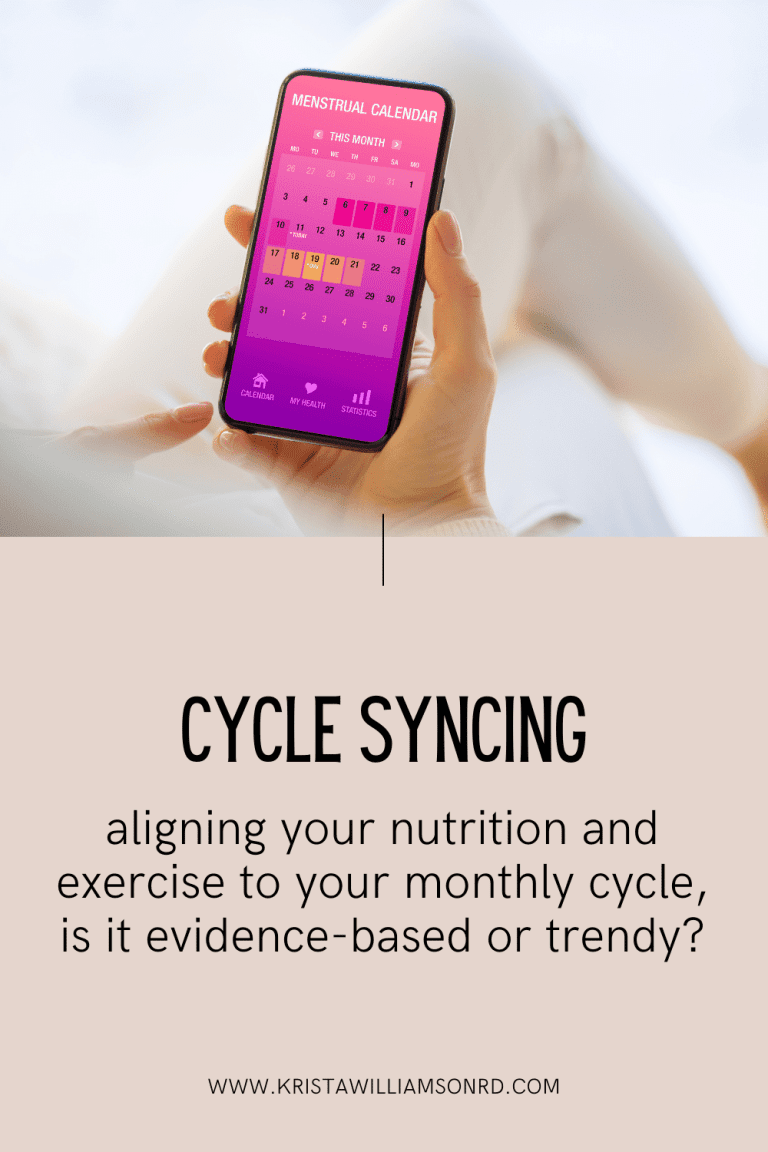
Does it work?
Cycle syncing is claimed to have many benefits, including:
More regular periods
Gentler PMS symptoms
More connection to your body and its needs
Less mood swings
More effective workouts
Fertility support
However, the science is lacking. More research is needed in this area of women’s health. I have personally spent the last 5-6 years tracking and becoming more familiar with my cycle, hormones, appetite and how I’m feeling. While I haven’t noticed any changes in my cycle (which was already very regular), I can admit that I do appreciate the increased connectedness to understanding my body. I can remember times when I’d blame myself for being “lazy”, or wonder why I was feeling more hungry or irritable – when perhaps it was related to my cycle.
I don’t plan on becoming a cycle-syncing coach, however, I do plan to be more cognizant of helping my clients to learn more about their cycle and how it could be influencing their appetite, nutrition, and exercise decisions.
If you’re interested in signing up for my coaching services, click here.
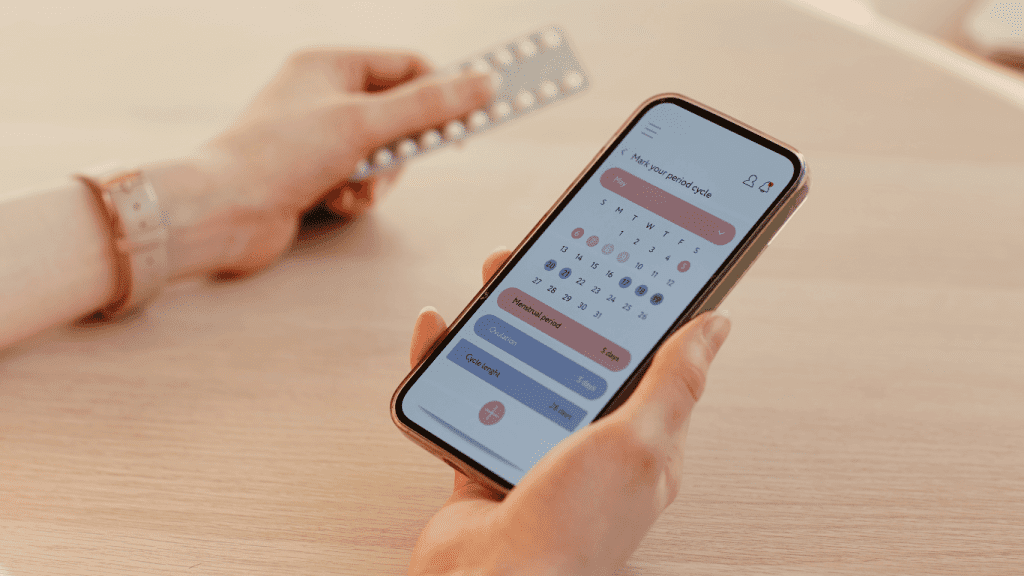
My opinion
In my opinion, as women, we should be listening to our bodies every day of our cycle.
My opinion is also that you don’t need to be following phase food lists too precisely. I encourage my clients to aim for balanced meals daily to provide their bodies with the nourishment they need to function optimally and feel their best, at any phase of their cycle. I also encourage them to give themselves grace when they don’t – as no one eats perfectly all the time. I encourage my clients to choose whatever type of movement they want to do, that feels good and fits with their schedule – versus feeling like they “have to” do a certain type based on their cycle. The best type of movement is the one that you’ll actually do!
When you add food rules and get too specific on what you ‘can’ or ‘can’t eat’ during different weeks of the month – you miss out on the big picture of health. It may also lead to increased feelings of stress, confusion, and overwhelm which is the opposite of healthy.
Health is a state of complete physical, mental and social well-being, according to the World Health Organization (WHO).
So if your “healthy” diet is difficult, unenjoyable, stressful, causing you to miss out on socializing with friends, etc – it’s not that healthy.
Lastly, I feel that becoming more familiar with your biology and more in tune with your body is always a win – regardless of whether it reduces your PMS symptoms. So I encourage you to:
- track your cycle on an app (like Flo – I have no affiliation, this is the one I use but there are plenty of others).
- become familiar with what’s happening in each phase and the hormones involved.
- aim to choose foods that nourish your body most often but also allow foods that nourish your soul.
- stay mindful and in tune with your body’s hunger and satiety cues, and honour them.
- move your body in a way that you enjoy, based on how you feel – and don’t forget that rest is productive too.
PLEASE NOTE:
All blog posts are written for general nutrition improvement and should only be used as a guide. Every body is different, so it’s most important to listen to your body, honour your body and be kind to it. This article is intended for educational purposes only, and is not designed to diagnose, treat, prevent or cure any condition. If you are experiencing any symptoms please seek help from a qualified healthcare professional.

